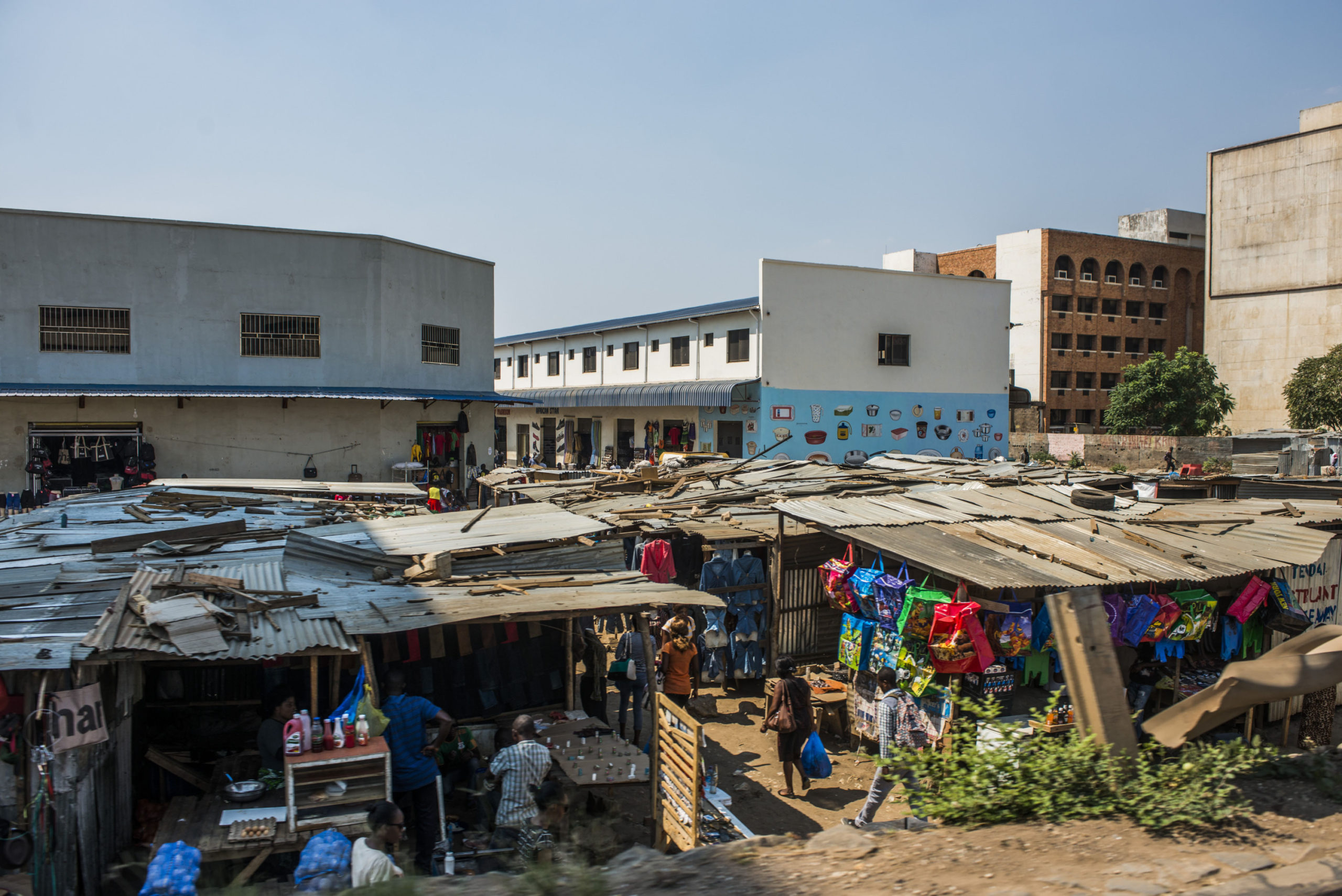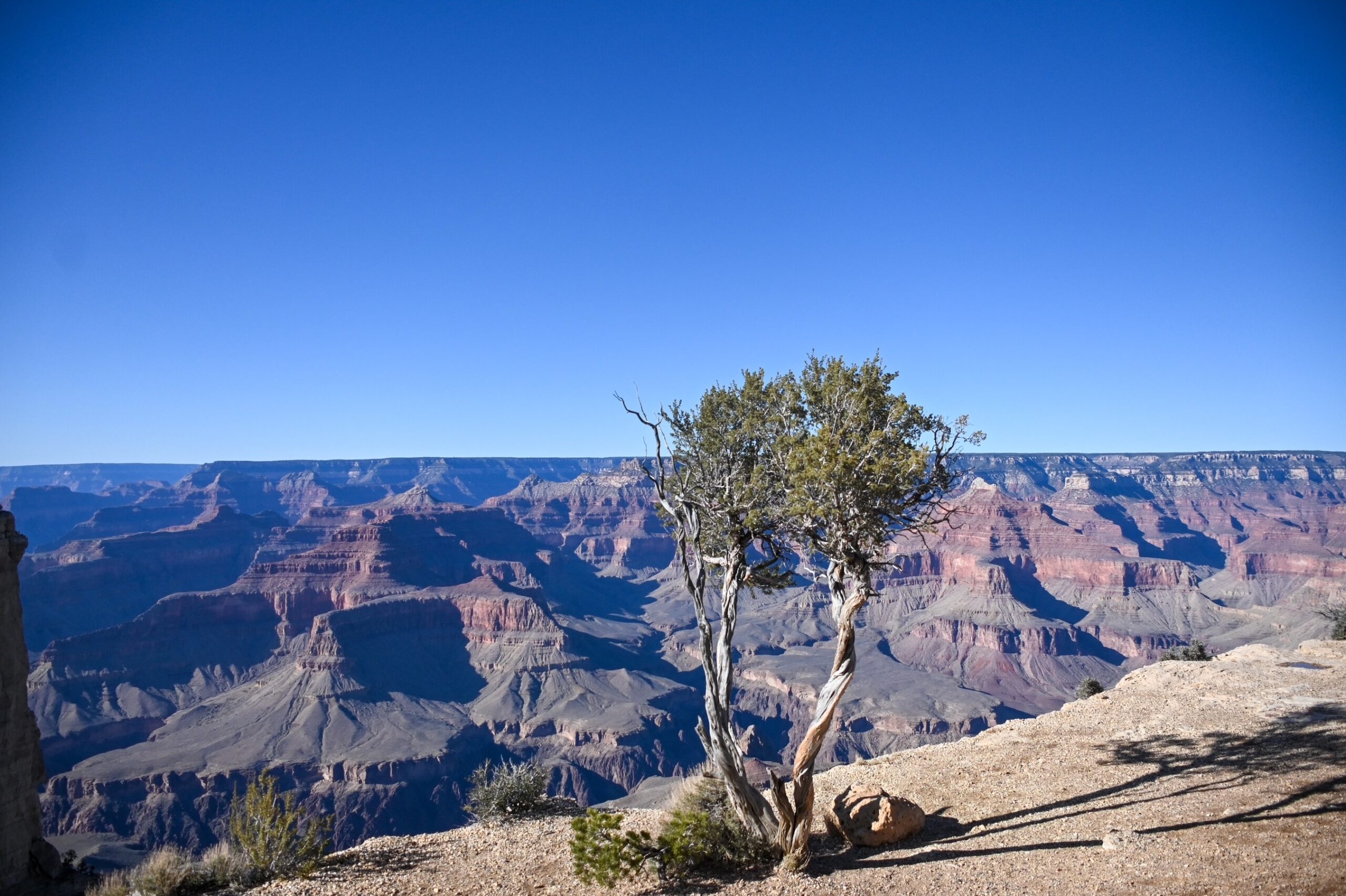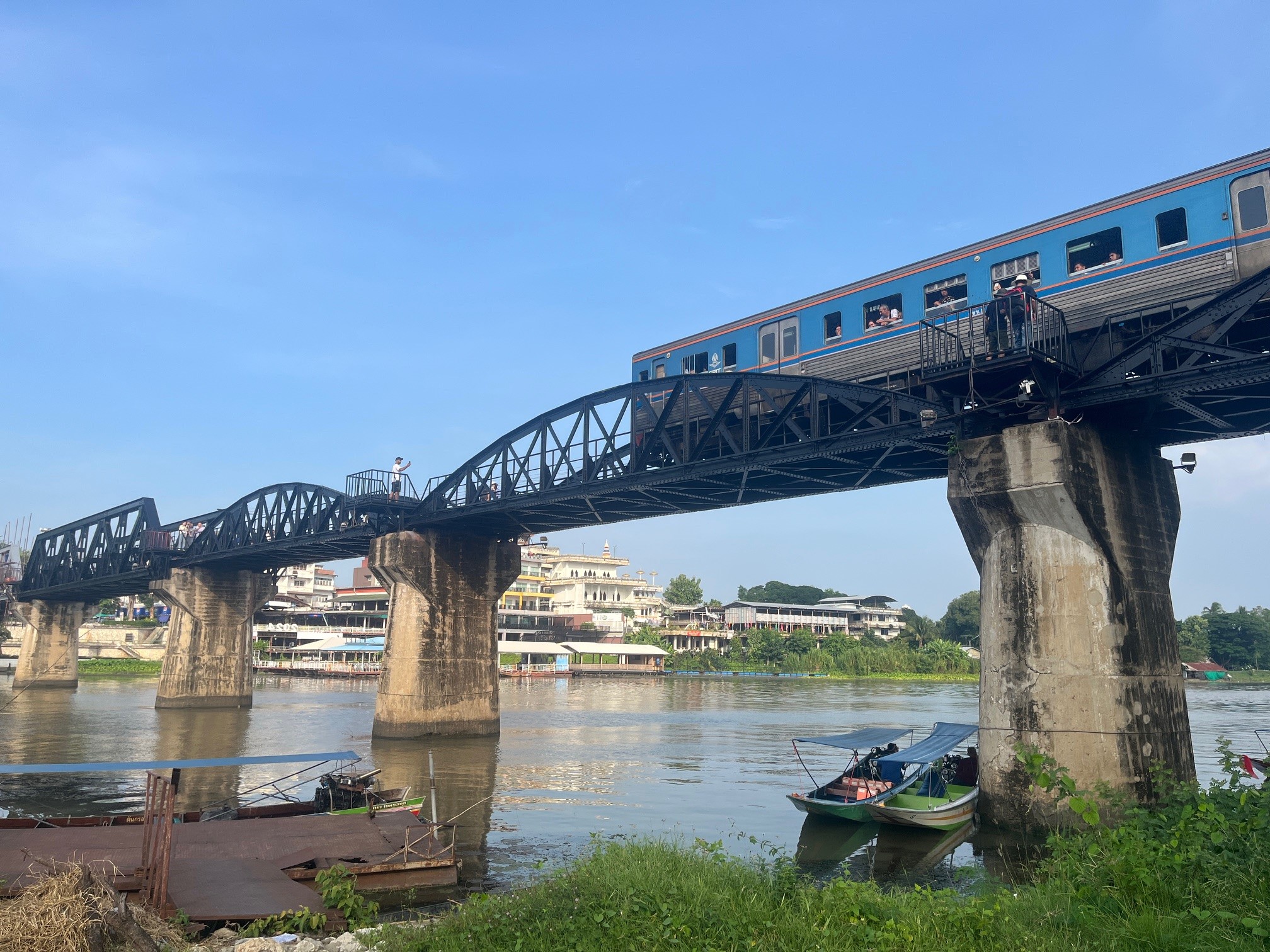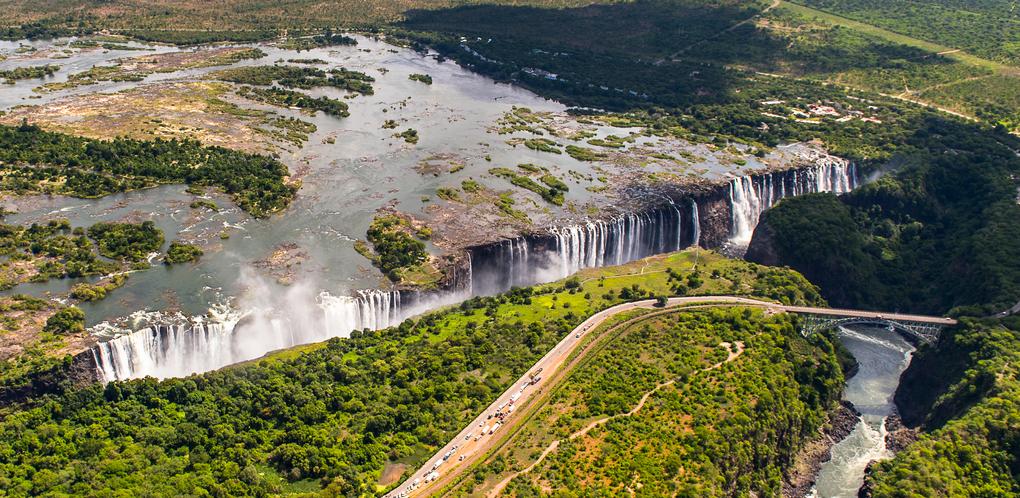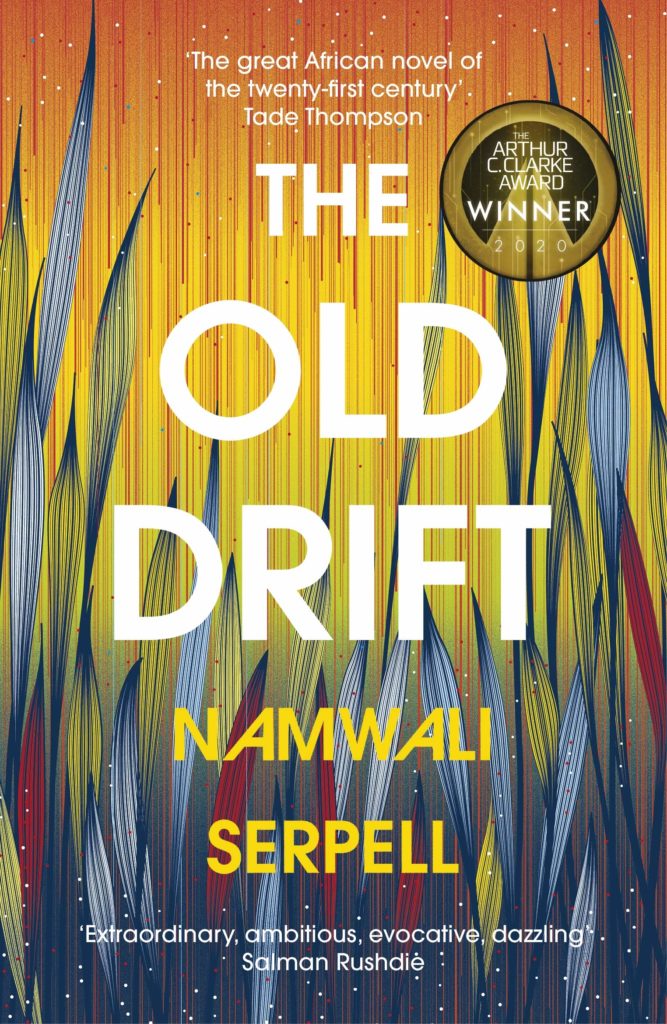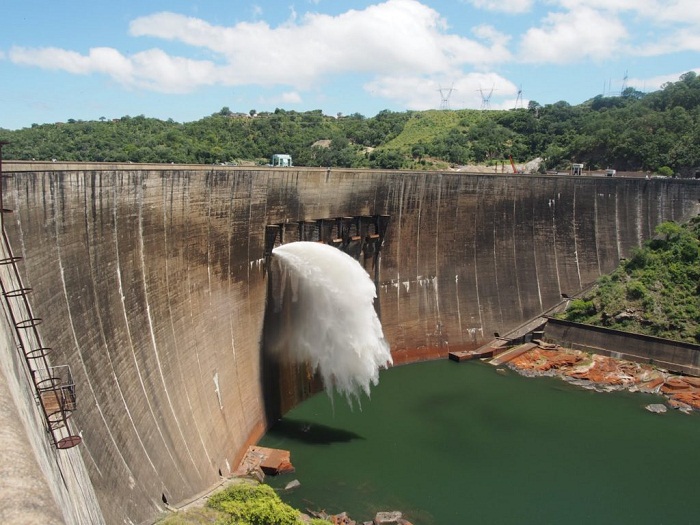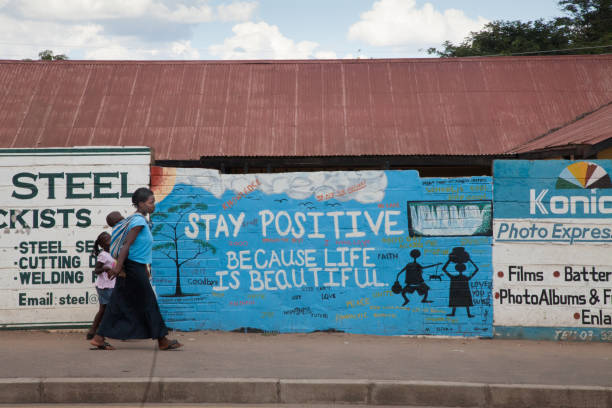My first visit to Zambia was to Victoria Falls. A steel bridge over the gorge allows admiring the splendid cataract of the Zambezi, called in local language “Mosi-oa-Tunya”, the smoke that roars. On one side is Zimbabwe, where we were staying, and on the other is Zambia. We looked at the falls from both sides: a little more distance, and therefore a more panoramic view on the Zimbabwean side, paths that lead closer to the water and its tumult on the other side. The Zambian side is also less developed tourism-wise than the small town of Victoria Falls, which attracts visitors to Zimbabwe. To reach the first town in Zambia, you have to take a minibus just after the border post to reach, a little less than twenty kilometers away, Livingstone, the city that still bears the name of the famous British doctor and explorer.
Zambian-born Namwali Serpell’s novel offers a broad and multigenerational view of her country. The first chapters are set on the banks of the Zambezi River. The title of the novel “The Old Drift” refers to the first hotel built around 1900 near Victoria Falls. But, the book does not only take place on the banks of Zambezi River: some chapters are set in Italy and England, and a significant part of the action takes place in Lusaka, the capital, which I visited on a second trip.
Namwali Serpell features three families, one Zambian, one Italian and one Indian, whose destinies intertwine over the generations, from the early colonial period to a near future in which mini-drones no bigger than mosquitoes monitor the population. The story traverses well-known and lesser-known aspects of the country’s history: the British colonization and its ordinary, paternalistic racism, the struggle for independence, the construction of the Kariba Dam, the quixotic ambitions of the Zambian space program just after independence, the tragedy of the AIDS epidemic, the attempts to find a vaccine, and the slow progression of corruption and trafficking of all kinds that are undermining the foundations of a new country.
The style of the novel is fascinating. The author adopts several points of view, taking in turn the voices of the British settlers, the Italian engineers of the dam, a family of Indian traders, and the young Zambians, at first eager to shape their new nation, and a generation later, more disillusioned but now adept at making do. She adds to this polyphony, dominated by female voices, a well-measured touch of magical realism.
This is a captivating novel that makes you want to leave the banks of the Zambezi to discover a little-known country, off the beaten track.
